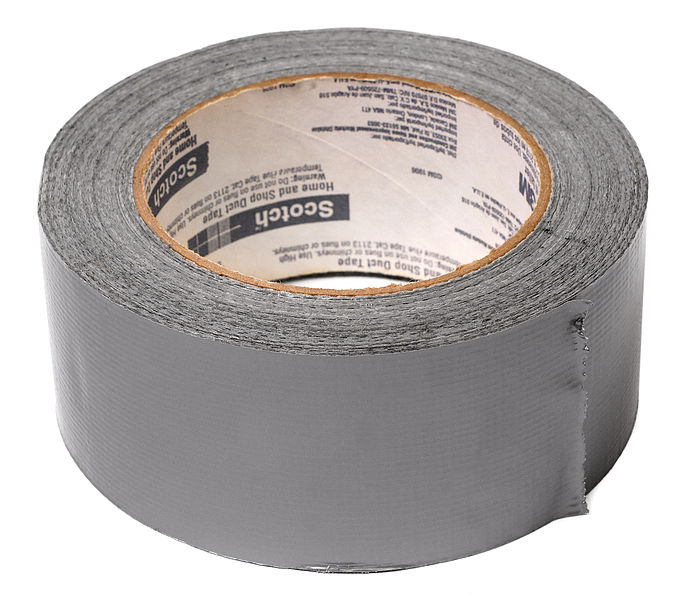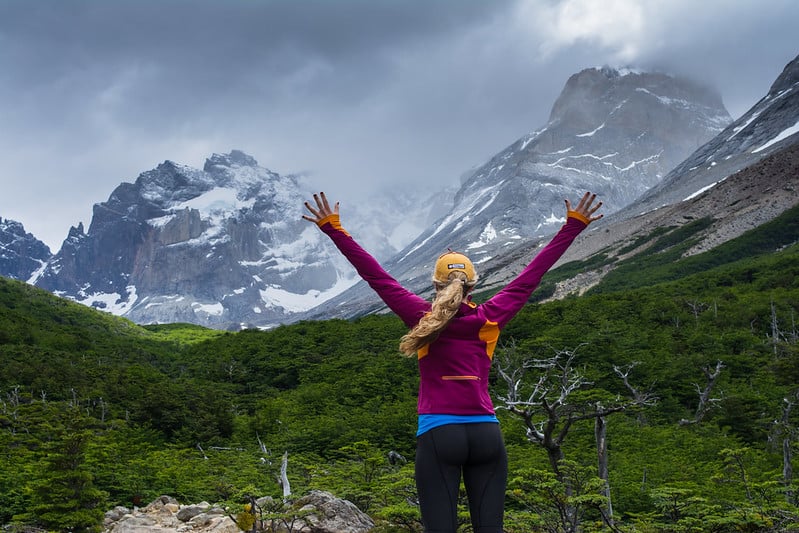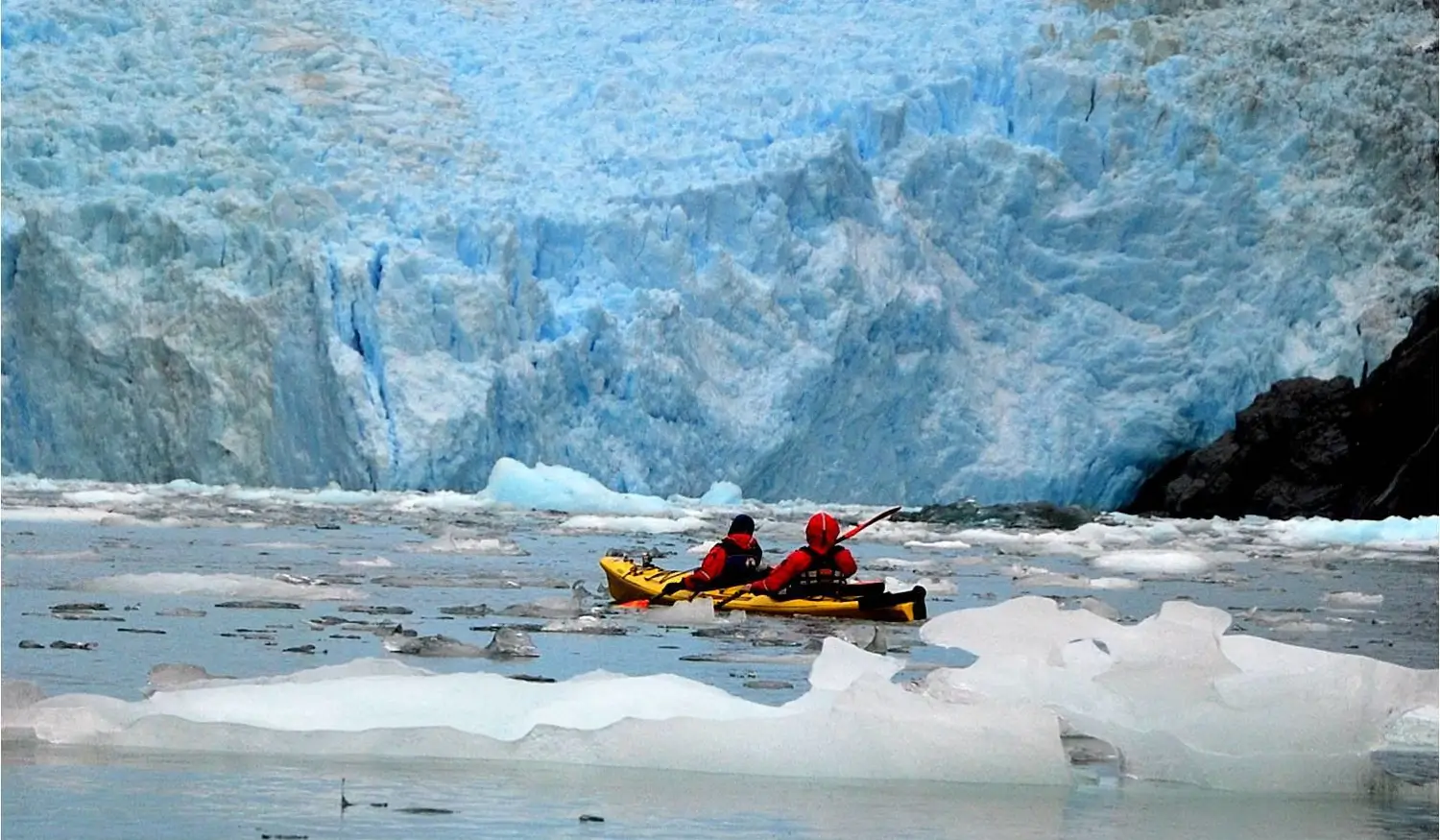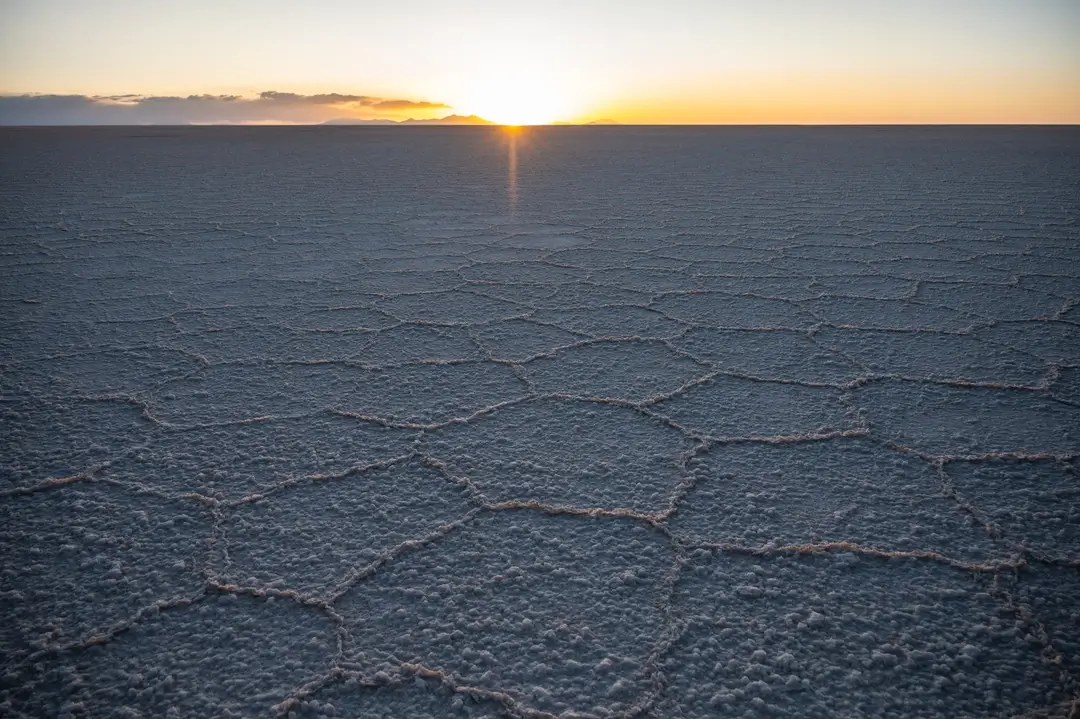Hiking in Patagonia is for many people the culmination of many years of dreaming and planning. So if you’ve worked long and hard to make your Patagonia hiking dream a reality you don’t want to risk being scuppered by unexpected kit failure.
Whilst you can plan to a certain extent using our guide such as what to wear for your Patagonia hike, sometimes issues arise without warning. That’s why whenever we set out hiking in Patagonia, we always pack duct tape. You don’t even have to bring a whole roll; just wrap a length of tape around a hiking pole and you’ll always have some with you when you need it. If you’re wondering why, here are 15 reasons to get you started!

1. Tape Your Feet
You might never have thought of using duct tape to cover up hiking hot spots on your feet before they develop into full-blown blisters, but it’s actually just as effective as specialist blister tape, which is usually much more expensive. It also tends to be stronger. If you start to feel the friction, clean and dry the affected area and then apply the tape as smoothly as possible. Just make sure you treat your feet before the blisters develop.
2. Mend Dodgy Boots
We’ve all seen those hikers out on the trail with taped-together boots and thought “it’ll never happen to me!” but bad boot luck can strike even the most experienced hikers, and in Patagonia you’re often a long way from a cobbler. Hiking the Torres del Paine W Trek while taped into your boots might not seem ideal (check out our W Trek guide here), but it’s a far sight better than doing it in bare feet! If you don’t believe us, just read this entertaining account from EcoCamp Patagonia guest Sherry Ott.
3. Keep Food Bags Closed
There are no marauding bears to worry about when you’re hiking in Patagonia, so keeping food packets securely sealed is more a case of convenience than safety, as it may be in other parts of the world. Still, who wants to be fishing crushed nuts and candy out of their pockets and pack for weeks after they’ve returned from hiking around Mount Fitz Roy? Seal food packets with a sliver of duct tape and use it to reinforce unreliable Tupperware lids and avoid messy snack explosions.
4. Make Sandals for Camp
5. Fix a Cracked Water Bottle
6. Waterproof Ventilated Boots
Ventilation versus waterproofing. That age-old hiking boot buying dilemma! Even with modern synthetic materials it’s almost impossible to get both and you end up having to compromise. So next time you’re standing on the shores of a stream you’re about to ford, and you’re not willing to put your faith in your less-than-waterproof boots, reach for the duct tape. We wouldn’t recommend you go wading for any length of time - since duct tape is only water resistant not fully waterproof - but a layer or two of tape will give you an extra measure of protection.
7. Twist a Long Piece into a Rope
In the event that you fail to waterproof your shoes and end up with soggy socks, you might be casting around for somewhere to hang them out to dry. A long length of duct tape can be folded (sticky side inwards) and then twisted to make a durable rope. If you leave a sticky section at either end you can even stick your clothesline up if there’s nowhere to tie it. Incidentally, we hear that duct tape rope also makes a good substitute for snapped hiking boot laces.
8. Patch Ripped Clothing
Why is it that you never seem to rip your clothes at home, yet as soon as you’re hiking in the wild of Patagonia, miles away from the nearest hiking lodge never mind a hotel with those handy travel-sized sewing kits, you suddenly start springing rips and splits like they’re going out of fashion? We’re not sure, but it’s good to know that holes and tears can usually be fixed with a square of duct tape. This even works for waterproof trousers and jackets.
9. Bandage Cuts and Scrapes
10. Mend Your Tent
Tents can take a battering in Patagonia’s wild winds. With gusts of over 100mph it’s not unheard of for tent pegs to hold steady whilst the tent fabric rips along the seams! If you’re only on day one of a nine-day Paine Circuit in Chile’s Torres del Paine National Park, that’s going to leave you in a bit of a pickle. But using your trusty duct tape you can repair rips and tears in your tent, placing layers both inside and out for extra strength.
11. Cover Metal Pan Handles
12. Mend Your Pack
13. Repair Hiking Poles
Many people recommend using hiking poles in Patagonia to help save your knees on downhill stretches. But lightweight carbon fibre hiking poles can be prone to snapping under pressure and there’s not a great deal you can do about that in the backcountry. Or is there? With a sturdy fallen branch and plenty of duct tape you can splint your hiking pole back together. This also works in an emergency situation to splint a broken leg!
14. Fix Broken Zippers
15. Make Loops to Attach Items to your Backpack
The weather in Patagonia is renowned for changing dramatically from one moment to the next. A sudden snow shower can give way to radiant sunshine in a matter of moments. That means you can spend a lot of time putting clothes on, taking them off again and opening and closing your bag to put things in and take them out. Some backpacks come with extra elastic loops to stash clothing without having to open your bag, but if yours came without, make your own with - you guessed it - duct tape!

Can you think of any other uses for duct tape on your Patagonia hike? Share them with your fellow travelers and don't forget to share this post.
Do you want us to help you plan your trip to Patagonia? Contact us at reservations@cascada.travel















